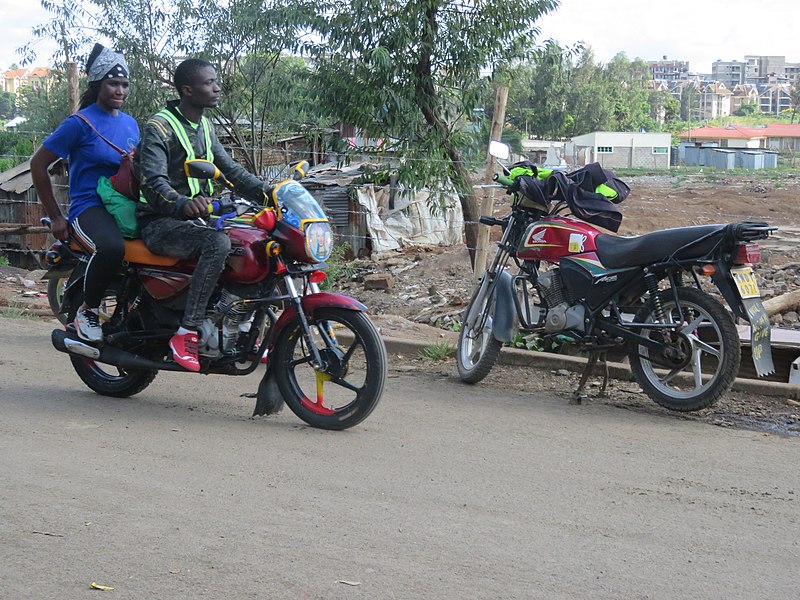Experimentally Estimating the Value of a Statistical Life

Boda Boda Credit: Grady Killeen Creative Commons
Study Context
The value of a statistical life (VSL), that is individuals’ willingness to pay for reductions in mortality risk, is an important indicator both because it allows economists to understand consumers’ decisions regarding risky decisions and because it allows policy makers to weigh the financial cost of projects against lives saved in cost-benefit analysis. But despite the importance of VSL, relatively little research has produced measurements of the statistic in developing contexts. The research that does exist focuses on the very poor (Kremer et al., 2011) or the very wealthy (Leon and Miguel, 2017) and assumes unbiased beliefs about mortality risk of decisions.
This study aims to measure the VSL of residents of Nairobi, Kenya where motorcycle taxis (“bodas”) are popular and helmet use is poor.
Study Design
Grady aims to randomize a debiasing program that provides the program group with accurate information about the safety benefits of helmets and the mortality risk of bodas using data visualization tools that make the statistics easy to understand. He will then collect detailed survey information about the perceived mortality risk of bodas, perceived benefits of helmets, the frequency with which bodas are used, wages, and demographics from the program and comparison groups. Subsequently, respondents will be offered the ability to purchase a certified motorcycle helmet, made by a Kenyan company, that retails for about USD $7. The price of the helmets will be randomized between $0 and $7.
If beliefs about mortality risk are correct, the information about the safety benefits should have no effect on demand for helmets. So this study can test the assumption of correct beliefs from past studies by seeing whether information changes demand for motorcycle helmets.
Results and Policy Lessons
First wave data shows that willingness to pay for safety was low, with consumers implying a value of $500/life saved. This suggests that consumers are more focused on improving living standards than they are on improving safety and will forgo safety for extra available capital.
More results forthcoming.

